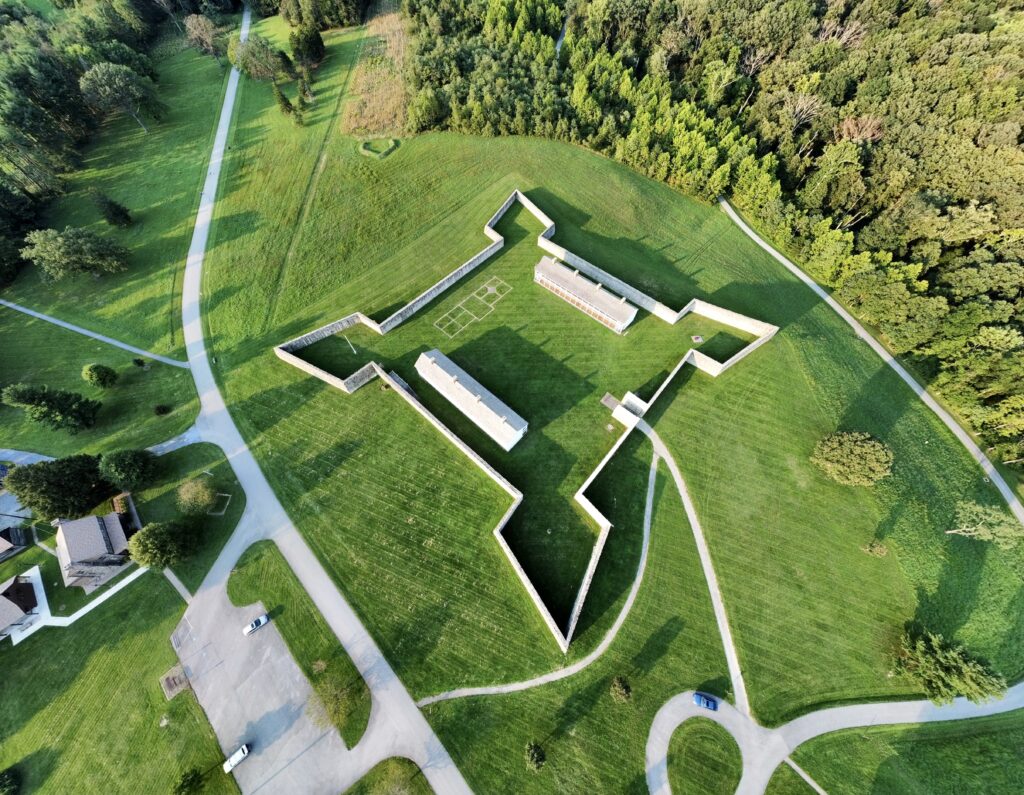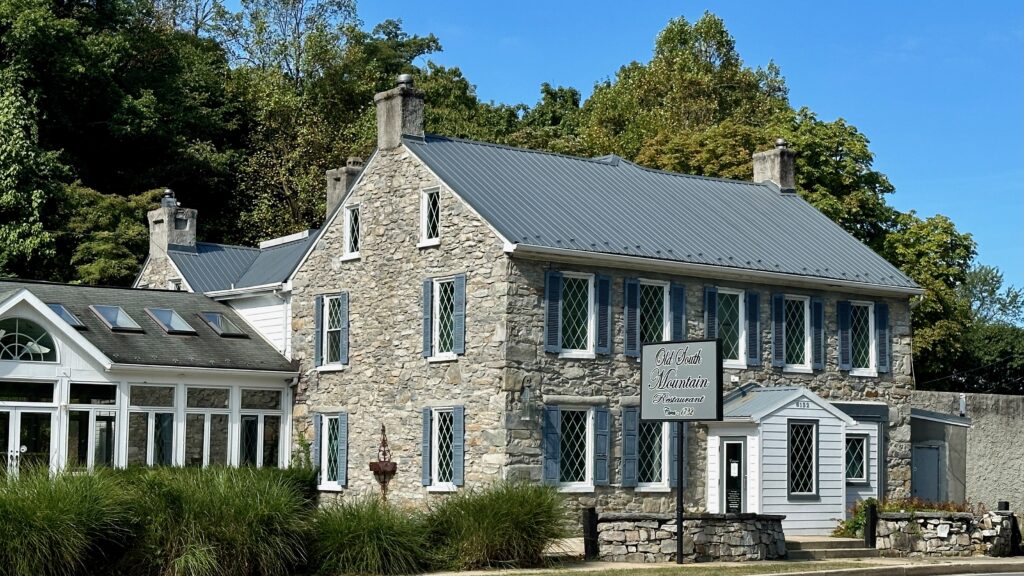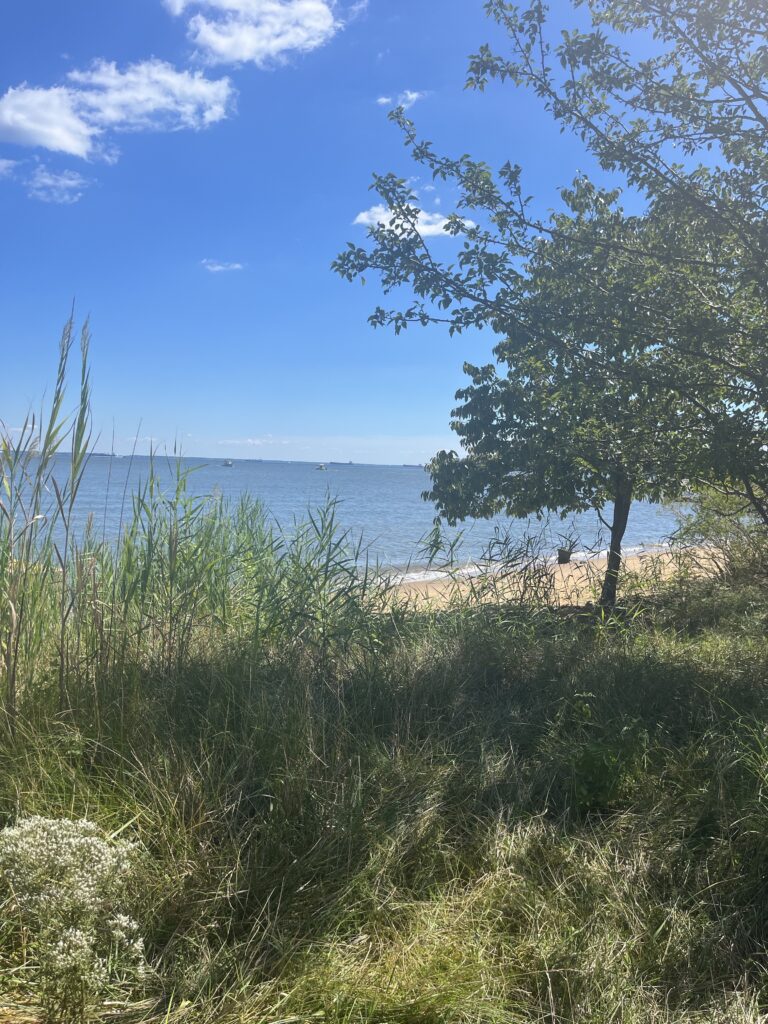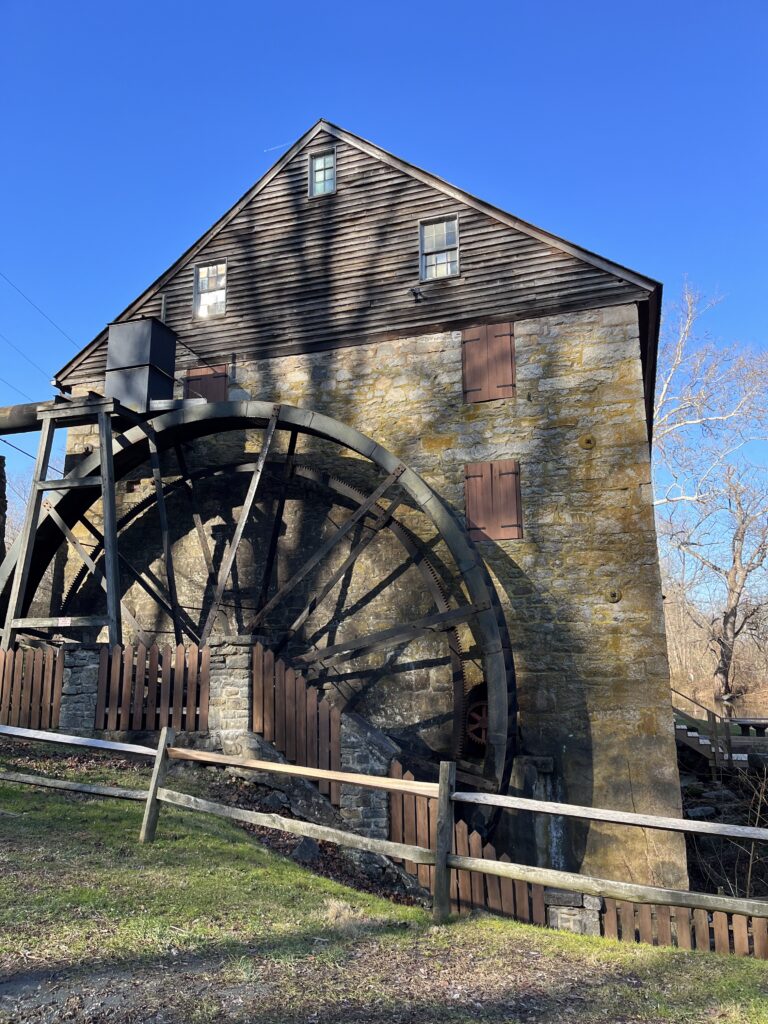At first glance, it might seem odd that a statewide historic preservation organization is so concerned and engaged with the state park system – but for Preservation Maryland we see our state park system as critical to the future of historic preservation in the Old Line State.

In Maryland, the Department of Natural Resources and its agencies, including the Maryland State Parks, own, manage, and maintain more historic resources than any other single entity in the state. Entrusted to their care is a wide and unique collection of resources – from 18th century forts to Civilian Conservation Corps cabins to 19th century farmsteads with extant and rare enslaved quarters.
Collectively, their collection of resources reads like a condensed history of our state – and continues to grow with important and compelling recent acquisitions like the Old South Mountain Inn (Frederick/Washington County) and Wetipquin Creek State Park (Wicomico County), rich with its natural and cultural resources.

Beginning in 2017, Preservation Maryland identified state parks historic resources as an area of focus and concern – and launched an innovative partnership to assist the agency in its stewardship. That partnership expanded significantly after the passage of the Great Maryland Outdoors Act and under the leadership of Governor Wes Moore and DNR Secretary Josh Kurtz.


Under this new partnership approach, Preservation Maryland has been able to assist with the survey and documentation of all known historic resources owned by the state park system – a massive first step in developing a sort of preservation “triage” system that will enable the state to strategically invest resources and identify new sites for public access.
Additionally, through this partnership, several large-scale efforts are underway to direct investment toward the physical rehabilitation of multiple structures and historic sites – from places like Rock Run Mill near Havre de Grace (Harford County) to Fort Frederick (Washington County) in the foothills of the Appalachian Mountains. These projects have also attracted millions in federal matching grants – increasing the amount of rehab work which will be completed on resources of national importance.

As America approaches its 250th birthday, partnerships like this are critical to the future of historic places – and the targeted, long-term effort underway in Maryland State Parks may act as a model for the rest of the nation eager to preserve and interpret their own iconic places.
As for Preservation Maryland, we hope that the number of partnership projects underway is just the beginning – with many more to come as we continue to make the case for why every Maryland preservationist should also care about the future of our state parks.

